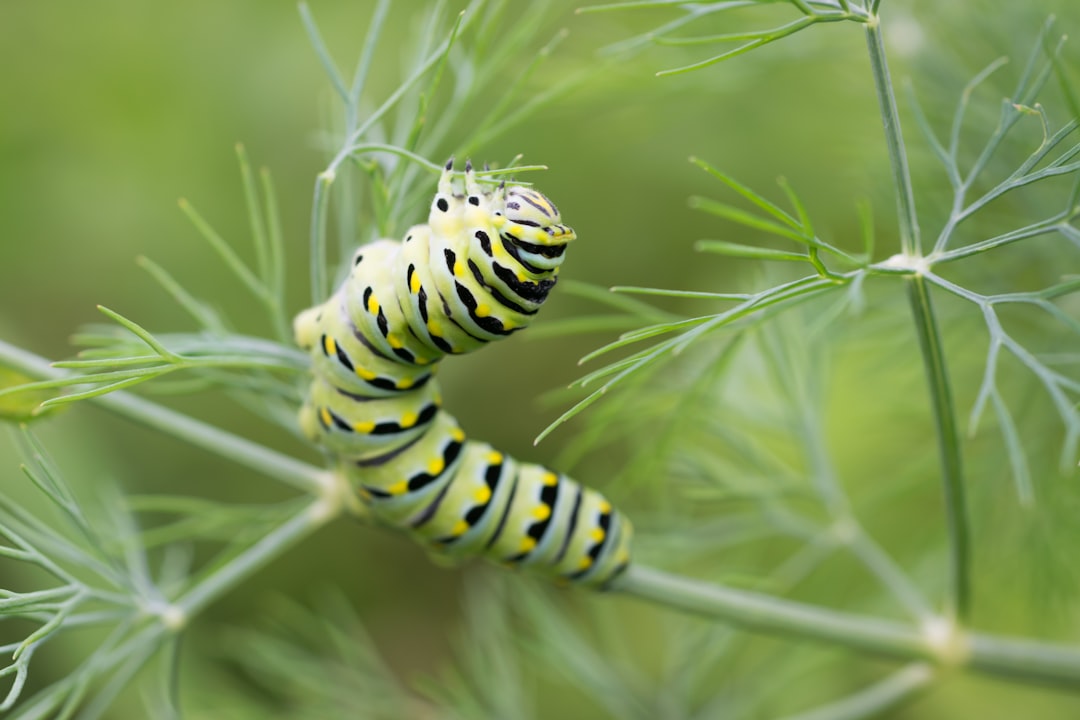Pests are a perennial problem in agriculture, homes, and businesses. They damage crops, spread diseases, and disrupt daily life. Yet, one of the most overlooked strategies for managing pests is understanding their life cycles. Knowing how pests grow, develop, and reproduce can provide critical insights for implementing effective prevention and control measures. This blog explores the life cycles of different types of pests and how this knowledge can be applied to keep them in check.
What Is a Pest Life Cycle?
A pest’s life cycle refers to the stages of development it undergoes from birth to reproduction and death. While life cycles vary among different pests, they generally fall into one of two categories:
- Simple Metamorphosis: Involves three stages: egg, nymph, and adult. Examples include aphids and grasshoppers.
- Complete Metamorphosis: Involves four distinct stages: egg, larva, pupa, and adult. Common examples include butterflies, moths, and beetles.
Understanding where a pest is in its life cycle helps determine the most vulnerable stage for control. For example, many chemical and biological interventions are most effective during the larval stage, while others target adult populations.
Life Cycles of Common Pests
Here’s a closer look at the life cycles of some common pests and how understanding their development stages can aid in control:
-
Insect Pests
- Aphids: These pests reproduce rapidly, often giving birth to live young (nymphs) without laying eggs. Since aphids lack a pupal stage, they mature quickly, making early intervention critical.
- Moths (e.g., Corn Earworm): Moths lay eggs that hatch into larvae, the primary stage causing crop damage. The larvae pupate into adults, restarting the cycle. Targeting larvae during feeding stages can minimize crop loss.
-
Rodent Pests
- Rats and Mice: These mammals have a simpler life cycle but reproduce prolifically. A single pair of mice can produce hundreds of offspring annually. Identifying breeding hotspots and removing food sources can interrupt their reproductive cycle.
-
Fungal Pests
- Rust Fungi: These plant pathogens have complex life cycles, often involving multiple hosts. Disrupting any stage, such as spore germination, can reduce spread and severity.
-
Nematodes
- These microscopic worms go through egg, larva, and adult stages. Crop rotation can prevent nematodes from completing their life cycle by denying them suitable hosts.
-
Stored Product Pests
- Grain Weevils: These insects develop inside grains. The larvae feed on the grain’s interior, while adults bore out, causing further damage. Regular inspection and fumigation can control infestations.
Using Life Cycle Knowledge for Prevention and Control
-
Targeting Vulnerable Stages Different pests are most vulnerable at specific stages of their life cycle. For example:
- Larvae are often easier to eliminate because they are less mobile and highly dependent on food sources.
- Eggs can be removed through sanitation and physical barriers.
-
Timing Interventions Monitoring pest activity allows for precisely timed control measures. For instance:
- Insect traps and pheromone lures can detect when pests are in their egg-laying stage.
- Applying biological controls, such as predators or parasites, during larval stages can improve efficacy.
-
Integrated Pest Management (IPM) Understanding pest life cycles is central to IPM, which combines cultural, biological, physical, and chemical methods. Strategies include:
- Crop rotation to disrupt pest habitats.
- Introducing natural predators like ladybugs for aphid control.
- Using pest-resistant crop varieties.
-
Preventive Measures
- Sealing cracks and crevices to block entry points for rodents.
- Using insect netting to protect plants from flying pests.
- Practicing proper storage to prevent infestations in grains and other products.
Conclusion
Effective pest prevention and control require more than just reactive measures. By studying pest life cycles, you can take a proactive approach, targeting the most vulnerable stages to reduce populations and prevent damage. Whether you’re a farmer protecting your crops, a homeowner keeping your space pest-free, or a business owner safeguarding your inventory, understanding life cycles is a powerful tool in your pest management arsenal.
Stay informed, stay vigilant, and use science to outsmart pests. For more tips on effective pest control strategies, subscribe to our blog or contact us for tailored solutions!

Comments
No comments yet. Be the first to comment!
You must be logged in to comment. Login